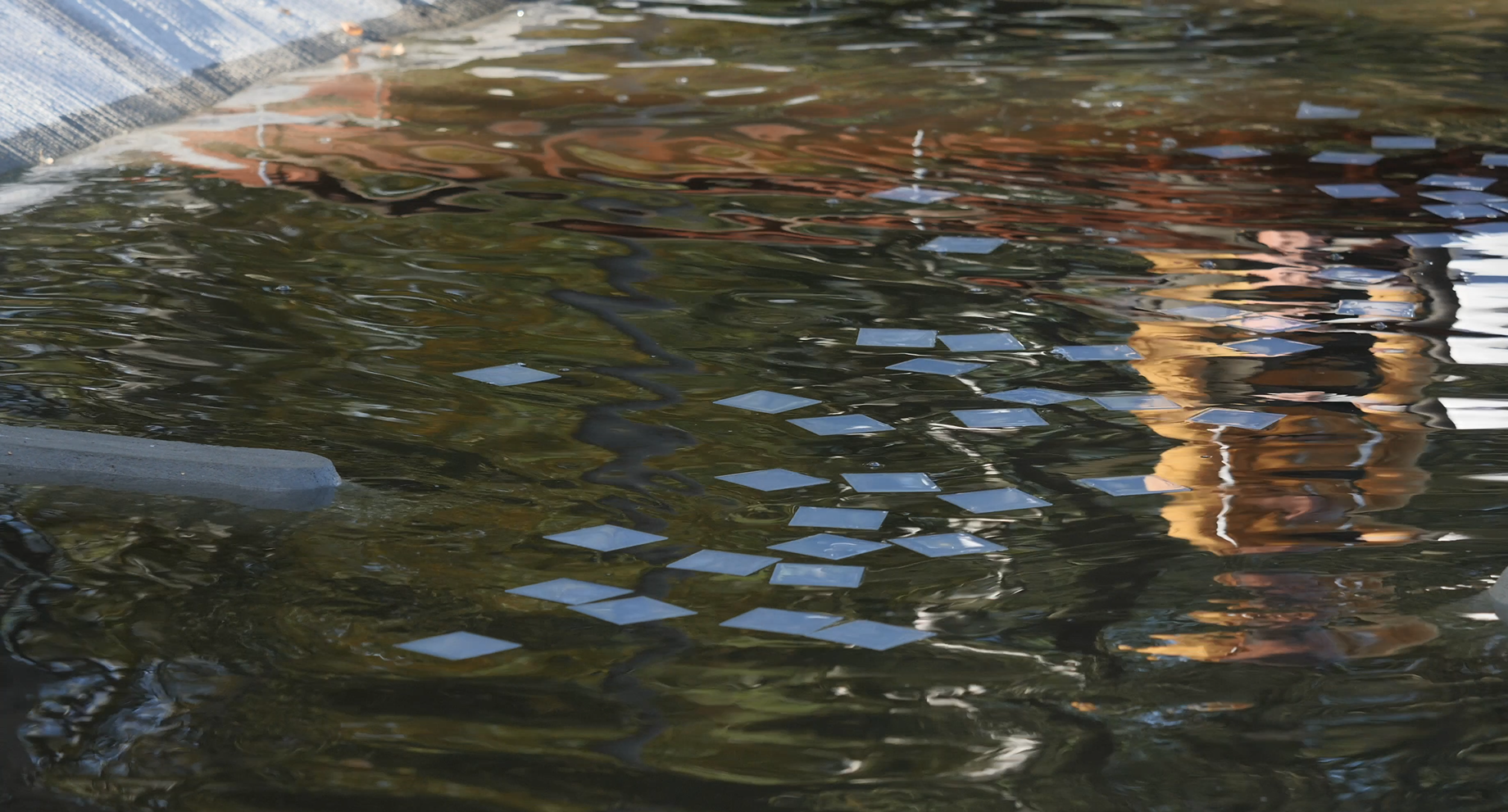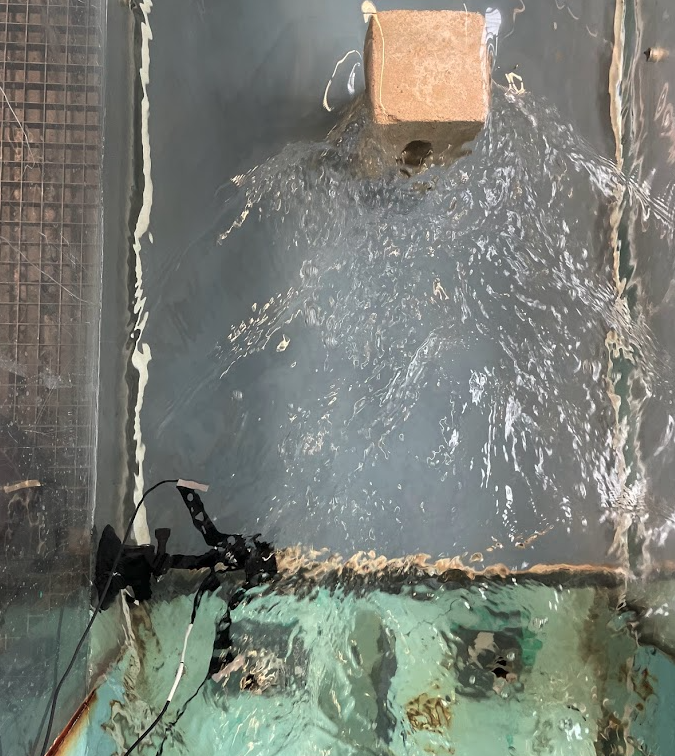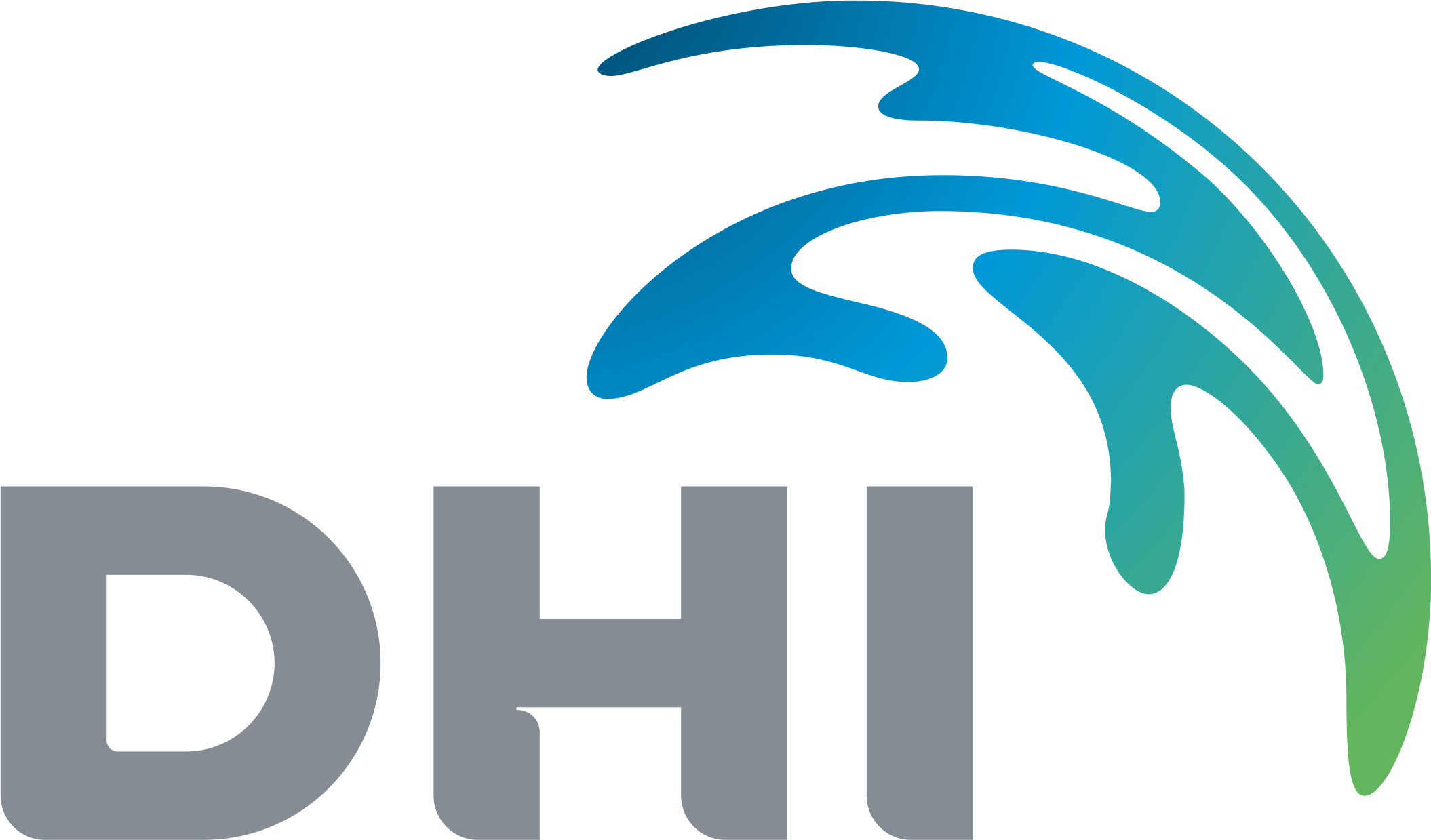
.png)


During this meeting we will visit the Hydraulic Laboratory and Flow-Wave Flume of IBW PAN to see sample experiments.
The workshop will be led by:
Małgorzata Robakiewicz, Institute of Hydro-Engineering PAS
Maciej Paprota, Institute of Hydro-Engineering PAS
Jarosław Biegowski, Institute of Hydro-Engineering PAS
Zuzanna Cuban, Institute of Hydro-Engineering PAS
Arkadiusz Antonowicz, Eurotek International


Block 2 (1.5 h):
Requirements:
The course will be led by: Tomasz Dysarz, Poznań University of Life Sciences / IAHR Committee on Flood Risk Management

The course will be led by UBERTONE professionals. Check the details at https://ubertone.com/wud2023.html

Block 2 (1.5 h):